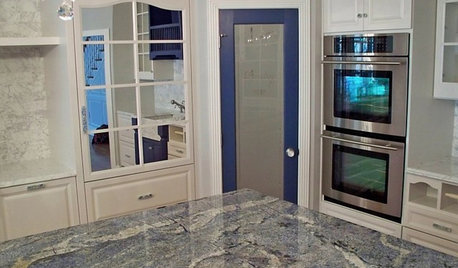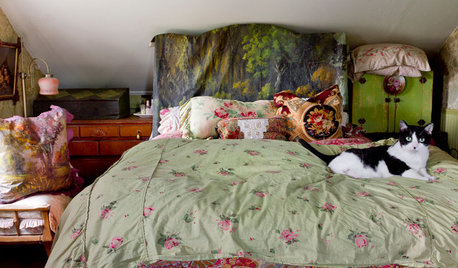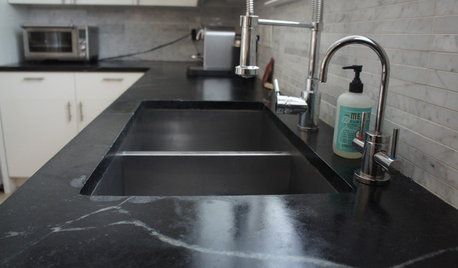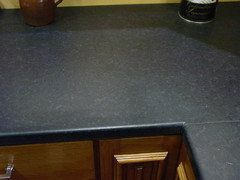Still confused - 'patina' on soapstone?? please help explain
repaintingagain
14 years ago
Featured Answer
Sort by:Oldest
Comments (25)
laxsupermom
14 years agoRelated Professionals
East Islip Kitchen & Bathroom Designers · Fox Lake Kitchen & Bathroom Designers · Grafton Kitchen & Bathroom Designers · Magna Kitchen & Bathroom Designers · Saint Peters Kitchen & Bathroom Designers · St. Louis Kitchen & Bathroom Designers · Beach Park Kitchen & Bathroom Remodelers · Galena Park Kitchen & Bathroom Remodelers · Islip Kitchen & Bathroom Remodelers · Warren Kitchen & Bathroom Remodelers · Mount Holly Cabinets & Cabinetry · National City Cabinets & Cabinetry · North Plainfield Cabinets & Cabinetry · University Park Cabinets & Cabinetry · Green Valley Tile and Stone Contractorsgrowlery
14 years agorepaintingagain
14 years agogrowlery
14 years agocheri127
14 years agorubyfig
14 years agorepaintingagain
14 years agodonka
14 years agocheri127
14 years agorubyfig
14 years agorepaintingagain
14 years agorubyfig
14 years agopluckymama
14 years agorepaintingagain
14 years agocintijen
14 years agocoffeehaus
14 years agocheri127
14 years agocintijen
14 years agopluckymama
14 years agosombreuil_mongrel
14 years agocheri127
14 years agosombreuil_mongrel
14 years agocheri127
14 years agomamalynn
14 years ago
Related Stories

KITCHEN COUNTERTOPSKitchen Counters: Granite, Still a Go-to Surface Choice
Every slab of this natural stone is one of a kind — but there are things to watch for while you're admiring its unique beauty
Full Story
REMODELING GUIDESMy Houzz: Layers of Patina and an Artist’s Touch in a New York Colonial
Antiques and loads of found treasures mix with collections and art in a very personal home and studio
Full Story
KITCHEN DESIGNSoapstone Counters: A Love Story
Love means accepting — maybe even celebrating — imperfections. See if soapstone’s assets and imperfections will work for you
Full Story
KITCHEN DESIGNKitchen Counters: Durable, Easy-Clean Soapstone
Give bacteria the boot and say sayonara to stains with this long-lasting material that's a great choice for kitchen and bath countertops
Full Story
KITCHEN COUNTERTOPS10 Top Backsplashes to Pair With Soapstone Countertops
Simplify your decision-making process by checking out how these styles work with soapstone
Full Story
MOST POPULAR9 Real Ways You Can Help After a House Fire
Suggestions from someone who lost her home to fire — and experienced the staggering generosity of community
Full Story
UNIVERSAL DESIGNMy Houzz: Universal Design Helps an 8-Year-Old Feel at Home
An innovative sensory room, wide doors and hallways, and other thoughtful design moves make this Canadian home work for the whole family
Full Story
MOVINGRelocating Help: 8 Tips for a Happier Long-Distance Move
Trash bags, houseplants and a good cry all have their role when it comes to this major life change
Full Story
COLORPaint-Picking Help and Secrets From a Color Expert
Advice for wall and trim colors, what to always do before committing and the one paint feature you should completely ignore
Full Story
COLORPick-a-Paint Help: How to Create a Whole-House Color Palette
Don't be daunted. With these strategies, building a cohesive palette for your entire home is less difficult than it seems
Full Story








elizpiz